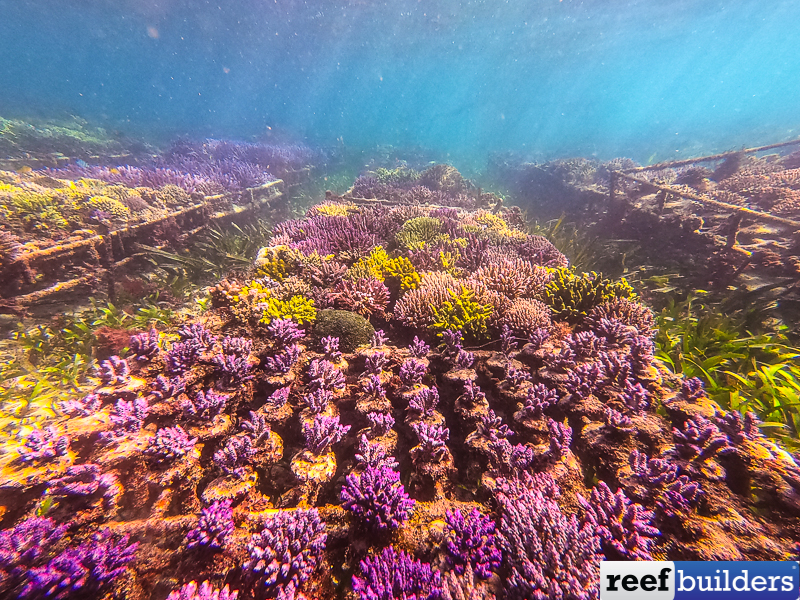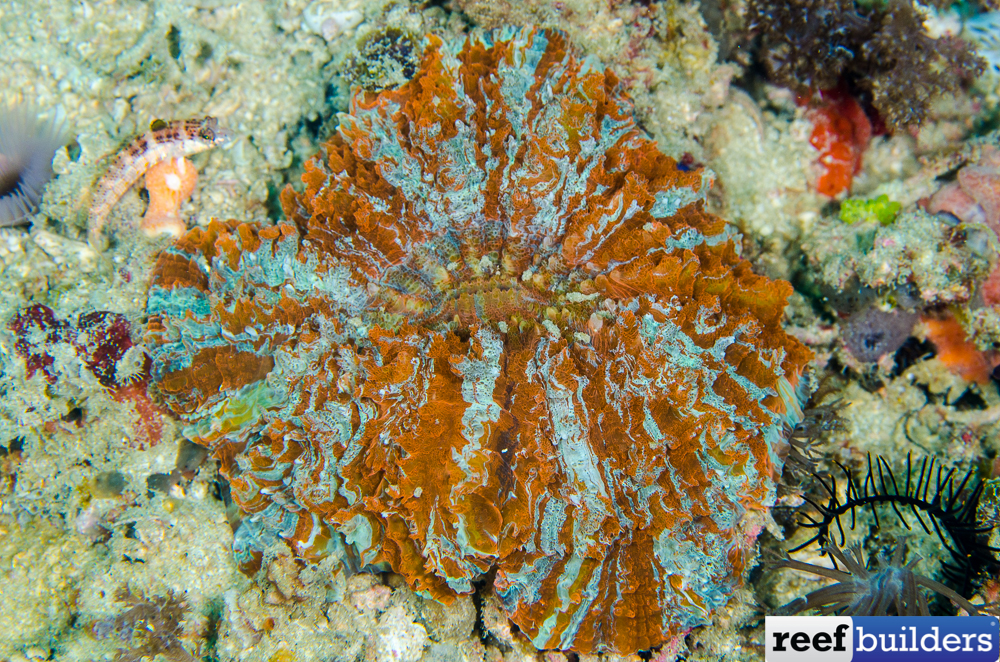Corals are the most traded CITES-listed marine animals globally. A 2021 study by the Food and Agriculture Organization found that from 1990 to 2016, exporting countries reported 1.6 million direct export transactions in marine animals, 97% of which were in corals. From an environmental perspective, the collection of live coral is a localized pressure that is highly selective and considered low impact in the long-term relative to other activities such as coral mining and dynamite fishing while it can also incentivize local stewardship of reef ecosystems.
Indonesia is the world’s largest exporter of CITES-listed coral, accounting for an estimated 90% of the market, and they are also paving the way to finding more sustainable alternatives to harvesting wild corals. Farming corals is a primary alternative, and over the past two decades, Indonesia has increased the proportion of farmed coral exports significantly. However, it is not always easy to tell the difference between a wild-collected and a farmed coral, even for those people tasked with the management of trade along the supply chain.
In Indonesia, the Ministry of Environment and Forestry acts as the Management Authority, and the Ministry of Marine and Fisheries Affairs acts as the final point of inspection before international transport. It is during these inspections that CITES staff experience challenges identifying corals and differentiating between wild collected corals and farmed corals.

Over 440 types of coral traded
With over 440 different types of traded coral, there is a risk that desirable, high-value species which may be difficult to farm or may be subject to an import suspension, could be mislabeled as something else and would therefore classify as illegal trade.
In response to this coral identification challenge, UK scientists from the Centre for Environment, Fisheries and Aquaculture Science (Cefas) are working with the Indonesian Coral Reef Foundation (TERANGI) and the Indonesian Nature Foundation (Yayasan Alam Indonesia Lestari – LINI) on a Defra funded project. They aim to build a shared understanding of the coral trade between Indonesia and the UK, and to develop a practical identification guide for traded corals which can help regulators quickly identify if a species is what it says it is on the box, and spot mis-declared farmed coral.
Their first task was to bring together project partners, collaborators, and stakeholders, including governmental bodies from Indonesia and the UK, scientific experts, regulatory bodies, regional NGOs, and industry members. They then held four virtual knowledge exchange workshops with the aim of developing a visual guide for those working on the borders.
Indonesia is one of the UK’s key coral trading partners, importing thousands of small, live fragments of coral each year from locally-owned coral farms. To ensure this trade is sustainable, the UK CITES Scientific Authority must perform a review of available information on the populations of coral species in the wild, along with the impact of harvest, trade, and other threats. This information is compiled in a document called a “non-detriment finding”.
The project’s workshops provided essential information for the UK to update their non-detriment finding regarding the import of Indonesian farmed corals.

Visual guide in development
Armed with a clear understanding of the practical challenges faced by coral trade managers and CITES enforcement teams when identifying live coral in transit, their next step is to design and develop a visual guide that can be used quickly and easily to improve coral checks during their journey from reef to retail.
A technical staff member from the Ministry of Marine Affairs and Fisheries in Indonesia who inspects shipments of coral prior to export said: “Through the workshop, Marine and Fisheries Affairs can review the current status of coral trade, its management scheme, and future prognosis. We are currently encountering several obstacles in ensuring that the trade can be sustainable, such as difficulties in differentiating between maricultured and wild-collected corals. Since we are responsible for managing corals as a taxa and coral reefs as an ecosystem which is currently degrading due to global and anthropogenic threats, it is crucial for MMAF to ensure that the trade is sustainable.”
Project partners will be working with trade inspectors and industry both in the UK and Indonesia, to prioritize which species the guide should focus on, and to identify key signals in mislabelling a wild collected coral for a farmed one. Once the guide has been finalized and tested in the field, they plan to make it available to all CITES Parties trading in coral to ultimately ensure coral trade is legal, traceable, and sustainable. Over 2 million people own marine aquaria, worldwide.



